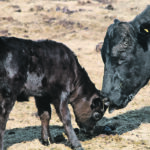A few weeks ago, I had a conversation with a veterinarian who was dealing with a herd with a significant coccidiosis outbreak. Shortly after, I came across a recent clinical trial that evaluated one of the drugs that can help to control the disease. The authors of the research paper evaluated the use of a […] Read more
 Livestock Management
Livestock Management
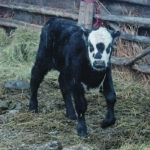
Winter calving brings frostbite risk
Warm water helps thaw feet, ears and tail if indoors but not if calf is still outdoors because moisture will further cool it
Winter calving brings risk of frostbite and frozen ears or tails and it is also a risk for older calves if there isn’t adequate shelter. Sick calves are even more vulnerable due to dehydration or poor circulation. Dr. Ted Clark, a retired veterinarian and pathologist, has seen many cases of severe frostbite in his career. […] Read more
Hip-locked calves require careful pulling technique
It’s a tricky situation when calves lock at the hips during the birth process. If the calf is wide in the hips and the cow or heifer has a narrow pelvis, the calf’s hindquarters may be too wide to come through. The right pulling technique is vital to a happy outcome. “The problem many people […] Read more
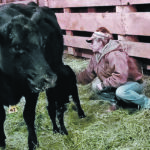
Hormones drive maternal bonding
Rising oxytocin levels trigger maternal behavior but a deficiency, particularly in first-time heifers, can cause problems
Most cows immediately care for and protect their newborn calves but some will be slow to mother, not by choice, but due to an imbalance or deficiency of hormones that trigger maternal behaviour. The bonding process of cow and calf is a complex blend of hormonal-induced and learned behaviour, the latter being the reason mature […] Read more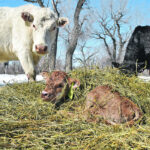
Prolapse treatment in cows depends on type of condition
There are two types of prolapse in cows — vaginal prolapses before calving and uterine prolapses after calving — and they have very different causes. The former type is more common and usually not life-threatening but the latter is always an emergency. Dr. Andy Acton of Deep South Animal Clinic in Ogema, Sask., says a […] Read more
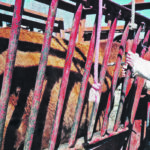
Pre-calving scours vaccine can save the lives of calves
Vaccinating cows for scours ahead of calving can build antibody levels in colostrum and increase calf health
Colostrum is key to calf health, particularly in the first weeks of life. However, preventing calfhood disease is a combination of many factors, including a clean environment and well-nourished, healthy cows with strong immunities. Vaccinating cows ahead of calving can help build antibody levels in cows’ colostrum, says Dr. Steve Hendrick of the Coaldale Veterinary […] Read more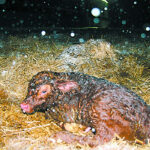
Backward, breech calves challenge to deliver
Calves positioned backward at birth are unlikely to survive without assistance. Often they suffocate because their heads are inside the cow when the umbilical cord pinches off or breaks. Breech presentation is a different problem but also dangerous to calf survival. A backward presentation is considered normal because the calf can be born even if […] Read more
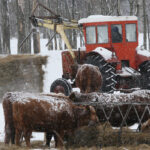
Canadian farmers face cattle feed shortage due to drought, transport strains
WINNIPEG, Manitoba, Jan 25 (Reuters) – Canadian farmers say they are just days away from running out of feed for cattle, due to severe drought last summer damaging crops needed to fatten them over winter and transportation bottlenecks. The drought devastated Prairie pastures and has now forced feedlots in Alberta, the main cattle-producing province, to […] Read more
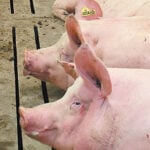
Hog futures rally to highest since mid-October
CHICAGO, Jan 20 (Reuters) – Chicago Mercantile Exchange hog futures jumped to their highest in more than three months on Thursday, supported by strength in the cash markets, traders said. Most actively traded February lean hogs rose US2.625 cents to US84.925 cents per pound. The front-month contract closed just below its session peak of US84.975 […] Read more

Latest PED wave continues to grow in Man.
In the midst of the COVID-19 pandemic, Manitoba hog producers are trying to manage a pig epidemic that hasn’t been contained. “We’re at the point of managing this rather than our hoped-for outcome of trying to contain the virus,” said Cam Dahl, general manager of the Manitoba Pork Council. Sixty-one provincial facilities are now infected […] Read more

 Livestock Management
Livestock Management